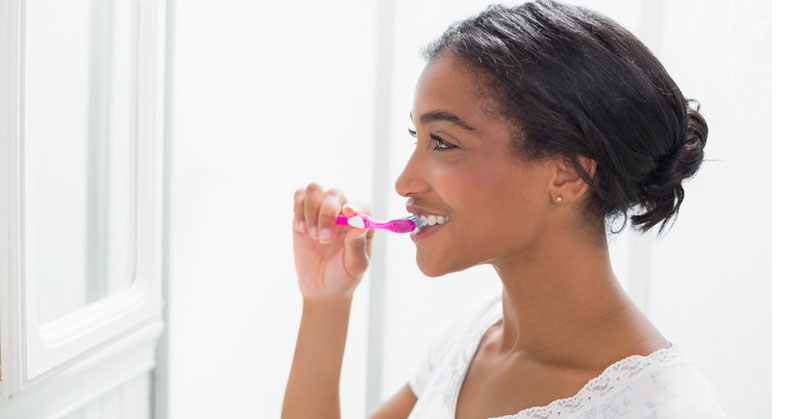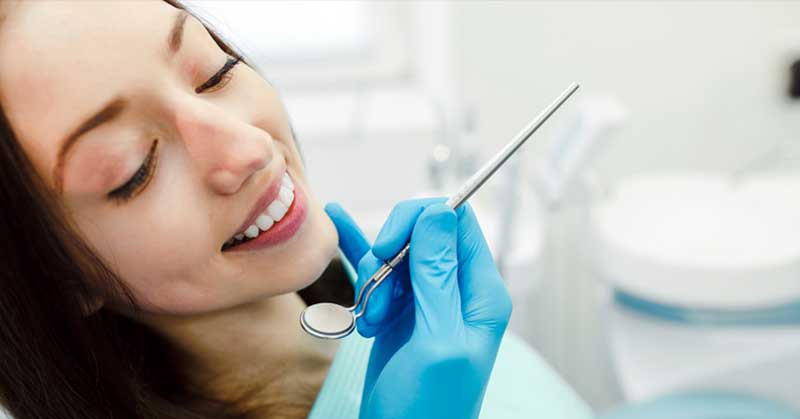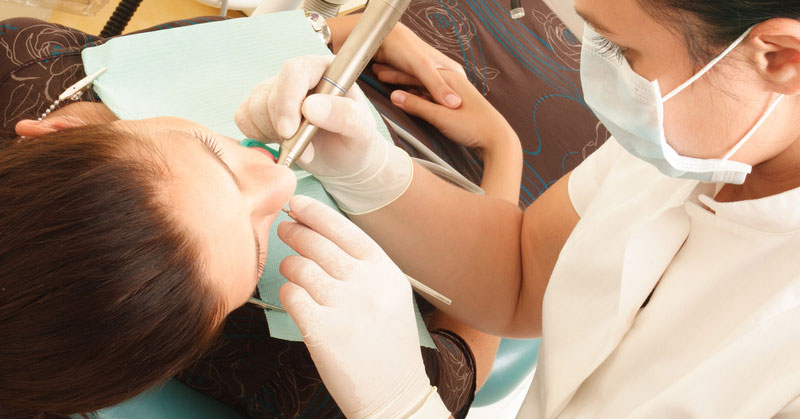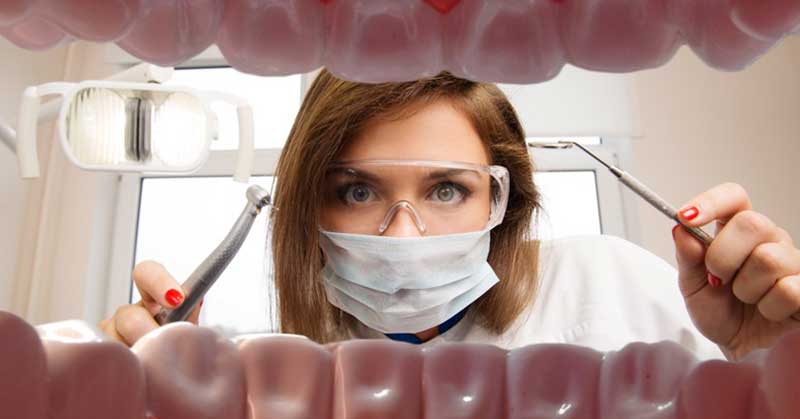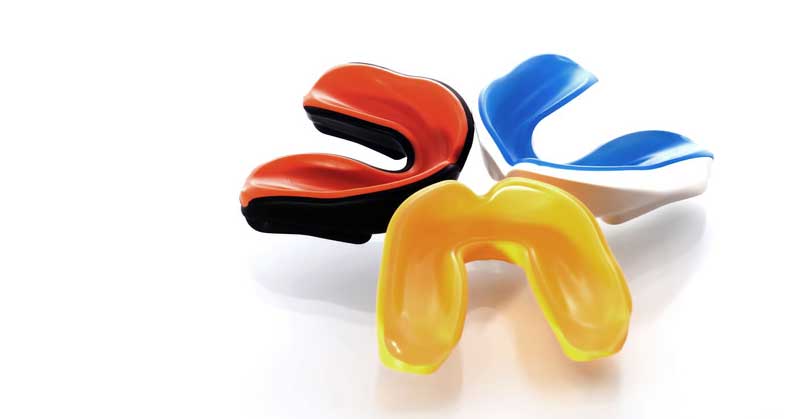Good oral health is important for all of us. After all, your oral health is closely related to your overall health. In fact, unhealthy teeth and gums have been linked to much more serious issues, such as heart disease, diabetes, and even Alzheimer’s disease. The need to enjoy healthy teeth and gums is something we all share in common, which is why we’ve compiled a few of the most frequently asked questions regarding oral health.
How often should I visit the dentist? Most people should schedule an appointment to see their dentist twice a year for routine oral exams and cleanings. But some patients will need to visit more frequently, particularly those with gum disease or some other ongoing dental issue. Routine exams are the only way that your dentist can diagnose problems in their early stages, when they are much easier to treat and resolve. And professional cleanings by a trained hygienist are absolutely vital in maintaining healthy teeth and gums.
What causes cavities? Tooth decay is caused when bacteria builds up on teeth and produces an acid that destroys tooth enamel. A cavity itself can become painful if not treated promptly. But cavities can also lead to more serious issues if they are left untreated – issues such as infection or even loss of the tooth. Fortunately, there are easy ways to avoid cavities altogether, such as following a good at-home oral hygiene routine and visiting your dentist twice a year for professional cleanings.
What are some of the most common oral health problems? Tooth decay and gum disease are the most common dental health issues faced by people of all ages. The good news is that both of these conditions can be relatively easily treated if they’re caught early enough. And they can be avoid altogether if the patient is diligent about oral hygiene and visits to the dentist.
How often should I replace my toothbrush? In order to practice an effective oral hygiene routine, you need the right tools for the job. That includes a good toothbrush and dental floss. For most people, the right toothbrush is one that has soft bristles and is shaped in such a way that it fits comfortably inside your mouth and allows you to easily reach the surface of every tooth. Once the bristles of a toothbrush become worn or frayed, the brush should be replaced – which is typically every 3 months or so.
If you have more questions about oral health in general, or about a specific dental issue you are experiencing, call your dentist. He or she would be happy to provide more information and, if need be, schedule an appointment.


